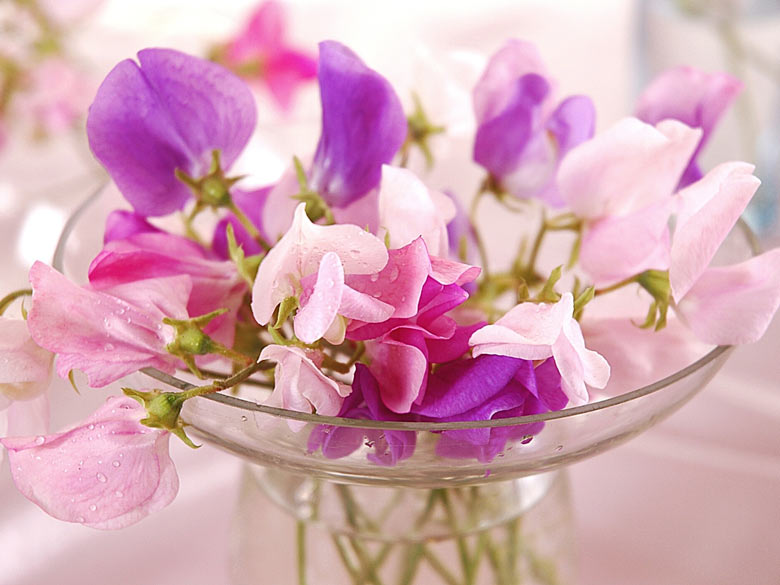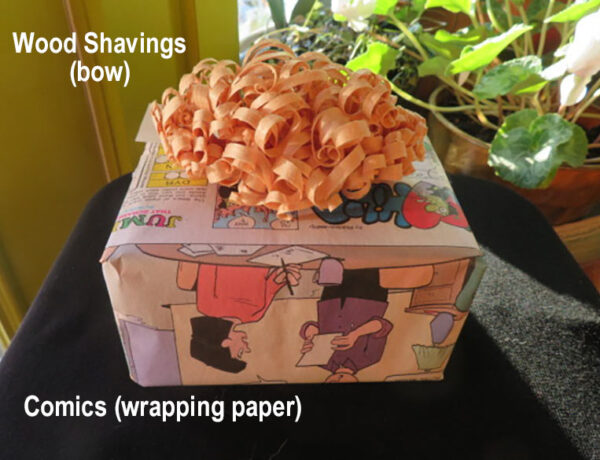Are you up for a celebration? If that’s a yes, then grab your calendar, locate February 21 and with a bright marker write: “10 hours!”
The additional four minutes and 56 seconds, passed on from the 20th to the 21st like a baton handed over in a relay race, put us over the top.
[perfectpullquote align=”full” bordertop=”false” cite=”” link=”” color=”” class=”” size=””]Ten hours is cause for celebration because that’s the daylength or “threshold” that signals plants to resume growth.[/perfectpullquote]
It’s not like a switch, however. Don’t expect daffodils to leap forth from the ground and salmonberries to spit out green leaves and pink flowers overnight.
Let me explain. For our latitude of 58 degrees north (which we share with Quebec, Newfoundland, and Labrador, plus the Island of Lewis and Harris in Scotland, Tjorn Island in Sweden), the period during which plant growth slows down significantly begins when day length drops below ten hours (around October 19). This is the point at which the overall light energy available diminishes to the extent that it significantly affects the rate of plant growth,” says Eliot Coleman, Maine gardener and author of, The Winter Harvest Handbook.
[perfectpullquote align=”full” bordertop=”false” cite=”” link=”” color=”” class=”” size=””]For a handy reference, go to sunrise-sunset.org.[/perfectpullquote]
There you’ll find that say, San Diego gardeners have it easy: Daylength drops below ten hours on December 18 and pops above ten hours just in time for Christmas on December 23.
For Kodiak, between October until late February, plant growth remains slow, and then it resumes vigorously in response to the day length becoming longer than ten hours and overall light energy becoming adequate again.
What does this mean for growers Up North?
If, for example, you want to enjoy an early harvest of spinach, you need to sow seeds in late August or early September to allow for adequate root development. That way, seedlings are vibrant enough to survive our freeze-thaw periods well enough to resume growth in late February.
As for hoophouses and greenhouses, in order to continue succession harvesting throughout the coldest months (a process described in rich detail in Eliot’s book) plants must reach a certain minimum size before the day length drops below the 10-hour mark.
In other words, if your dream is to harvest crops as far as possible into — or even through — the winter, plants need to make sufficient growth in late summer and fall. Again, if you’re the least bit curious about how to achieve year-round harvesting, you can find buckets of information online, but I highly recommend diving into The Winter Harvest Handbook where Eliot has made a citizen science project of year-round production.
So now that it’s February, we are one blessed month closer to the gardening season. If you have the itch to grow something, consider starting a few seeds indoors. Sutliff’s in particular has a wonderful variety of seeds for sale.
It’s time to start plants like celery and lobelia; and for the adventurous, tomatoes. (In March I’ll be direct-sowing seeds for hardy plants such as turnips, mustard greens, and cress in the covered beds outside).
But for now, I’m thinking bright and cheery.
I’m thinking sweet peas.
The sweet pea, with its intoxicating scent, is the darling flower of the traditional English cottage garden. Recently rated Britain’s best-scented summer flower, the Latin name for sweet pea is lathyrus odoratus which means “delicate pleasures.”
A Bunch of Sweet Peas is a true story by Henry Donald that took place in 1911. The Daily Mail sponsored a competition to find the finest bunch of sweet peas in the country grown by an amateur gardener. The top prize was 1,000 pounds, a small fortune in those days. The organizers predicted that as many as 15,000 would enter.
In the village of Sprouston, a young parish minister wrote to the Daily Mail for two entry forms, one for himself, one for his wife. The minister could not foretell that the newspaper’s estimated number of entries would more than double, or that for two weeks before the competition deadline a nationwide drought would threaten the very existence of the sweet peas he was tending.
Why am I talking about sweet peas in the middle of winter? According to Anchorage garden writer Jeff Lowenflels, we’re getting close to the time you need to start thinking about starting sweet pea seeds…
[perfectpullquote align=”full” bordertop=”false” cite=”” link=”” color=”” class=”” size=””]Everything I’m reading and hearing suggests that February, not late April, is the time to start your seeds. Otherwise, the plants often flower too late to fully enjoy them.[/perfectpullquote]
How to grow sweet peas
>>> The seeds have a seed coat that’s pecan shell tough. To speed and increase the germination rate, it helps to carefully nick the outside seed coating with nail clippers. This breaks the outer coat of the seed so it can absorb the water immediately, prompting a larger percentage of your seeds to germinate and then sprout a few days earlier.
>>> Sow seeds into 3 to 4-inch plastic pots filled with a seed-starting mix. Pre-moisten the soil and plant two or three seeds per pot, pushing each one an inch deep. Cover with the mix, water, and set pots in a cool, dark place.
>>> Seedlings should emerge in about 10 days. At this point, water and temperature are the most important factors: Keep soil moist — but not soggy– and around 55 degrees F. Too warm, and they grow up to be couch potato wimps.
Let there be light
After your seeds sprout, provide additional light, either under artificial light (recommended) or in the windowsill. If windowsill is your plant nursery of choice, use a reflector such as aluminum foil to increase the amount of light.
When the seedlings have developed two sets of real leaves, thin to one plant per pot.
TIP: Be gentle, as roots/stems are brittle. Use a fork or pencil, to lift the seedlings out at the soil line and transplant them to another pot.
When it comes to setting them outside for the duration of the summer, keep in mind that sweet peas grow best in full to partial sun, and in deep, rich, loamy (think fluffy) soil that is moist, but well-drained soil. Add plenty of organic matter such as compost to the soil and your sweet peas will thrive.
So, with winter not yet over, give sweet peas a go. Come summer, you’ll understand why English gardeners call them the queen of annuals.
By the way, the book, A Bunch of Sweet Peas is beautifully illustrated with watercolors. I won’t spoil the story’s lovely ending, but it will leave you believing that miracles really do happen.
-=- @@@ -=-
P.S. Slowly but surely I’m posting over 1,200 of my weekly gardening articles, which you can access here. And if you want to amp up your composting game, be sure to check out my report: “220 Things You Can Compost.” To contact me by email: marion (at) marionowenalaska.com.





1 Comment
Corrina Leinweber
February 28, 2021 at 7:18 PMCan’t wait to read more